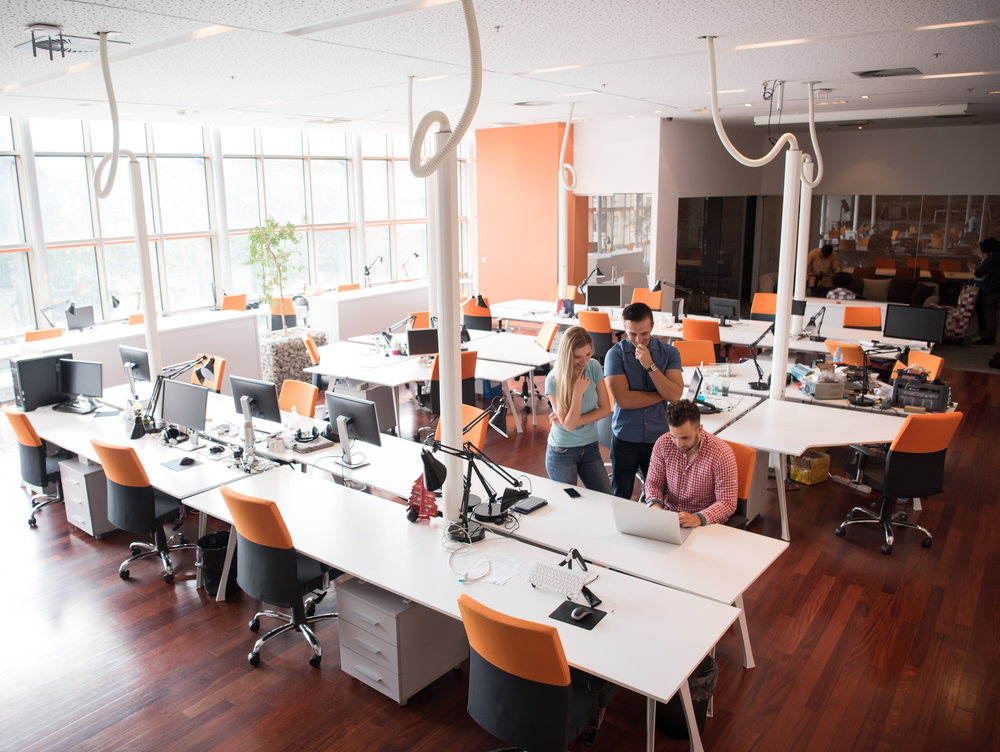Having the flexibility to choose when you work and for how long you work is no longer just for freelancers or personal business owners. When Covid-19 hit, all employees started to benefit from workspace flexibility and now, many of them are hoping this flexibility will continue into the office.
Continuing to offer workspace flexibility even as your employees return to your shared office space in Orlando is important. As your employees return from home, here are a few things to keep in mind about the importance of workspace flexibility.
What is Workspace Flexibility?
Workspace flexibility usually consists of three different aspects:
- Choice of workspace
- Custom work schedule
- Freedom to schedule their day
It can also include the following:
- Extended time off
- Compressed shifts or workweek
- Child care leave
- Unlimited time off
Both the employee and employer agree to the terms and as long as your goals are consistently met, the flexibility schedule remains in place.
It may sound like workspace flexibility can only apply to freelancers, but this type of work is also great for both full time and part time workers, temporary or seasonal workers, and alternative schedule jobs.
Even if you think the work of keeping track of so many different schedules isn’t worth it, studies have shown that’s not true. Companies that allow flexible work schedules tend to be more productive and appear more desirable to people searching for work.
How Does Workspace Flexibility Work?
There are different ways that workspace flexibility can work, whether you are the employer or the employee. To help you understand how flexible work arrangements work, we’ll quickly cover what it looks like for each person involved.
Flexible employees are not the people that say “That’s not my job” or “Do I have to?” when faced with a new task. Instead, they will take on the task without complaint and get it completed just like any other task.
When it comes to the flexibility of their schedule, they are able to determine which hours they work (whether that’s working late, working early, or a little of both).
For employers, you’ll have to make an effort to be more flexible as well. With your employees all setting their own schedules and working at different times, your job is to trust your employees and adjust to fit their individual schedules.
In using workspace flexibility, you’ll learn which employees do well independently and which employees will need a little more structure.
Increase In Productivity
Despite popular belief, granting more flexible work hours actually improves productivity. Remote workers have been found to work almost 2 days more per month than regular office workers. There are fewer distractions and more motivation to finish tasks set before them than office workers who are forced to stay there whether or not they have work to do.
Attracts Better Employees
When job seekers discover that you offer workspace flexibility even while working in the office, they’re more likely to be interested in your open position. It’s so attractive, in fact, that in the last 10 years, over 80% of businesses have already or will soon offer more flexible work schedules.
Sanitary Workspace
With Covid-19 still running rampant, it’s important to keep the office sanitary and clean. If your employees are giving more flexible hours, it’s easier for you to keep up on routine cleaning and disinfecting methods.
If you’re not sure how to keep your office clean and sanitary, there are many options available to you. In fact, renting shared office space at Execu-suites is a good transition to getting your team back in the office. Execu-suites is still taking all health safety precautions so that your employees can feel safe even while sharing space with coworkers.
Higher Job Satisfaction
Both managers and employees are more satisfied with their work when they are allowed workspace flexibility. Workers feel more productive and satisfied with their work and are able to adjust to meet their home needs.
It’s easier for workers to balance home and work life with a flexible workspace which provides an overall feeling of job satisfaction.
Conclusion
Offering workspace flexibility even once you return to the office has more pros than cons. Your employees will be happier and you’ll still have a productive day at work as long as you take the time to understand the individual ways your employees function. Even if it came into existence because of a pandemic, workspace flexibility is here to stay so it’s up to you to develop it.




